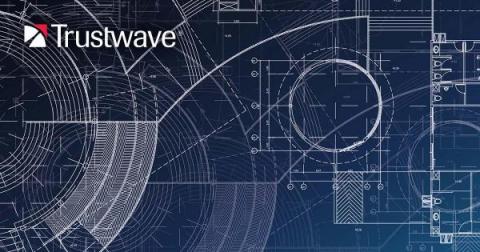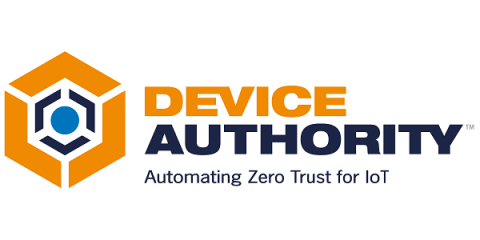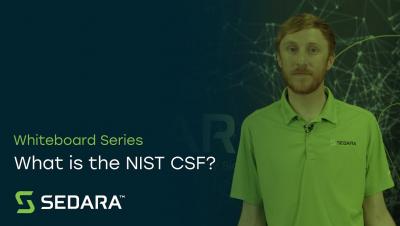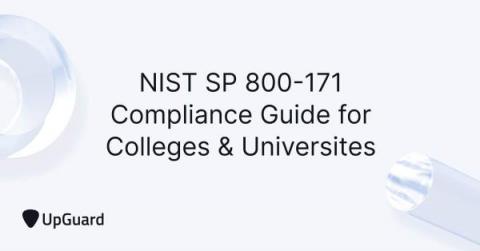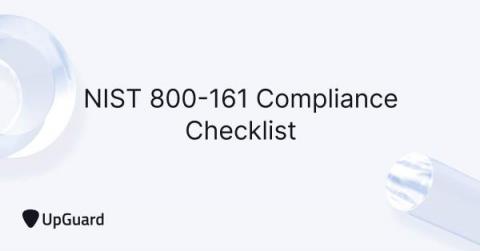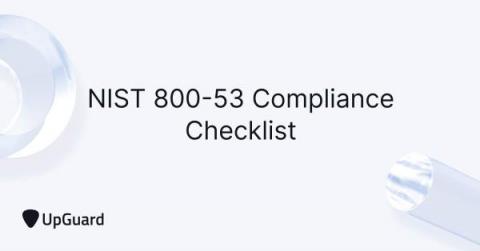How Trustwave Uses the NIST Framework to Inform Strategy and Mitigate Cybersecurity Risk
The National Institute of Standards and Technology’s (NIST) Cybersecurity Framework (CSF) is one of several “gold level” standards used by public and private organizations as the basis for their cybersecurity protocols. It is also the benchmark utilized by Trustwave to protect our clients. NIST rolled out the CSF in 2014 as a set of guidelines for mitigating organizational cybersecurity risks.


